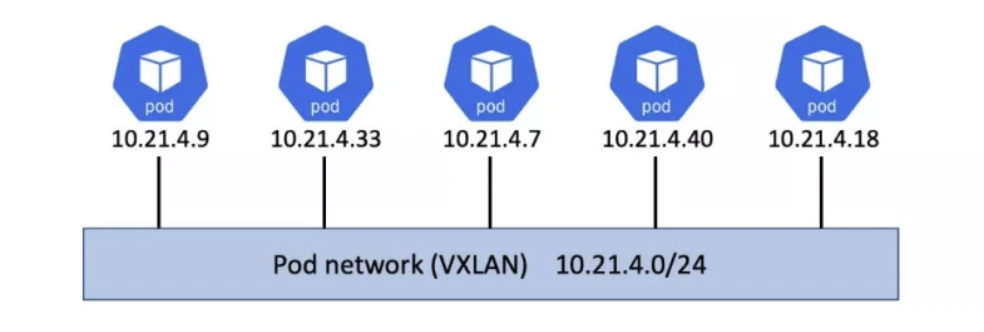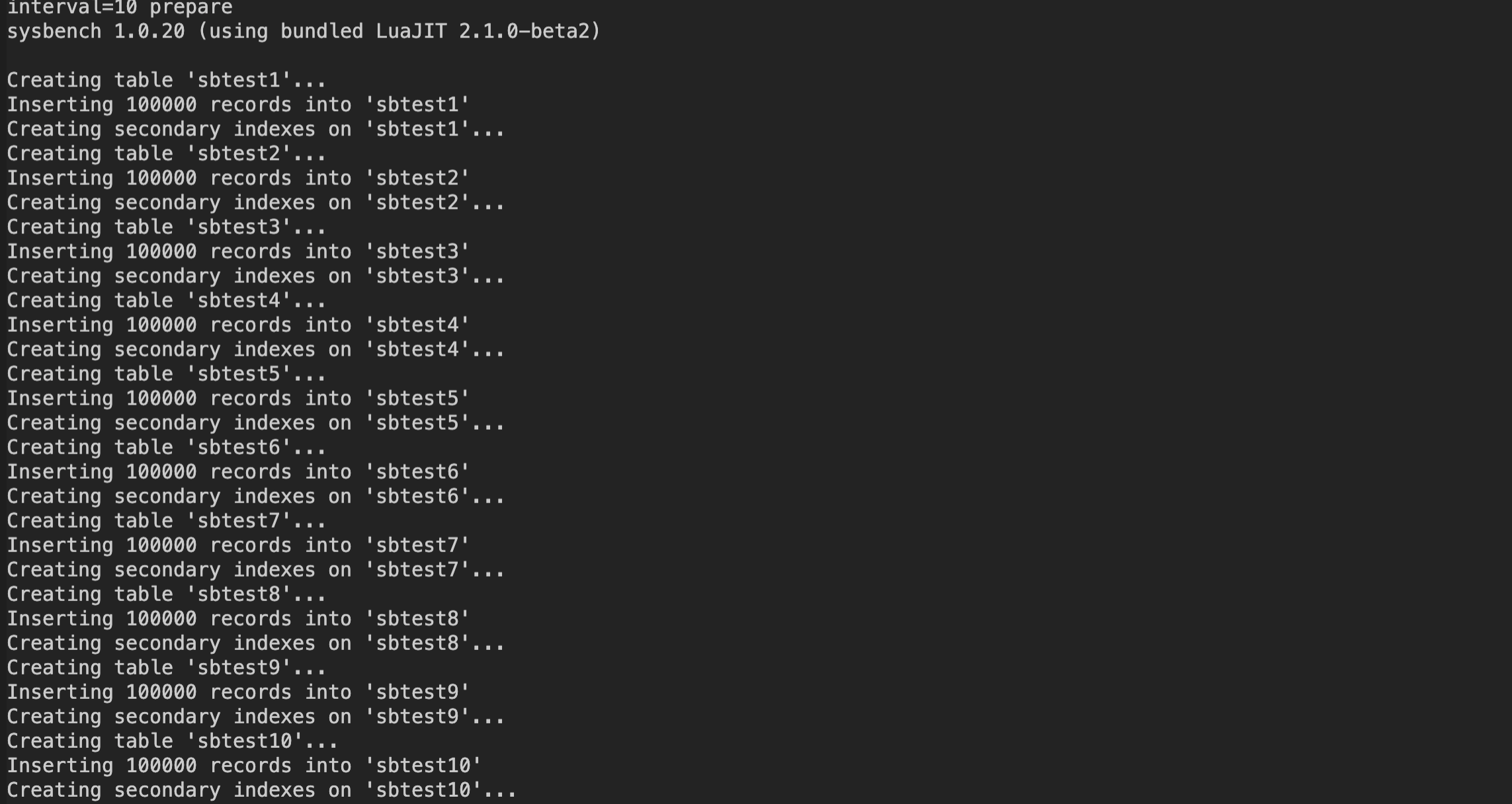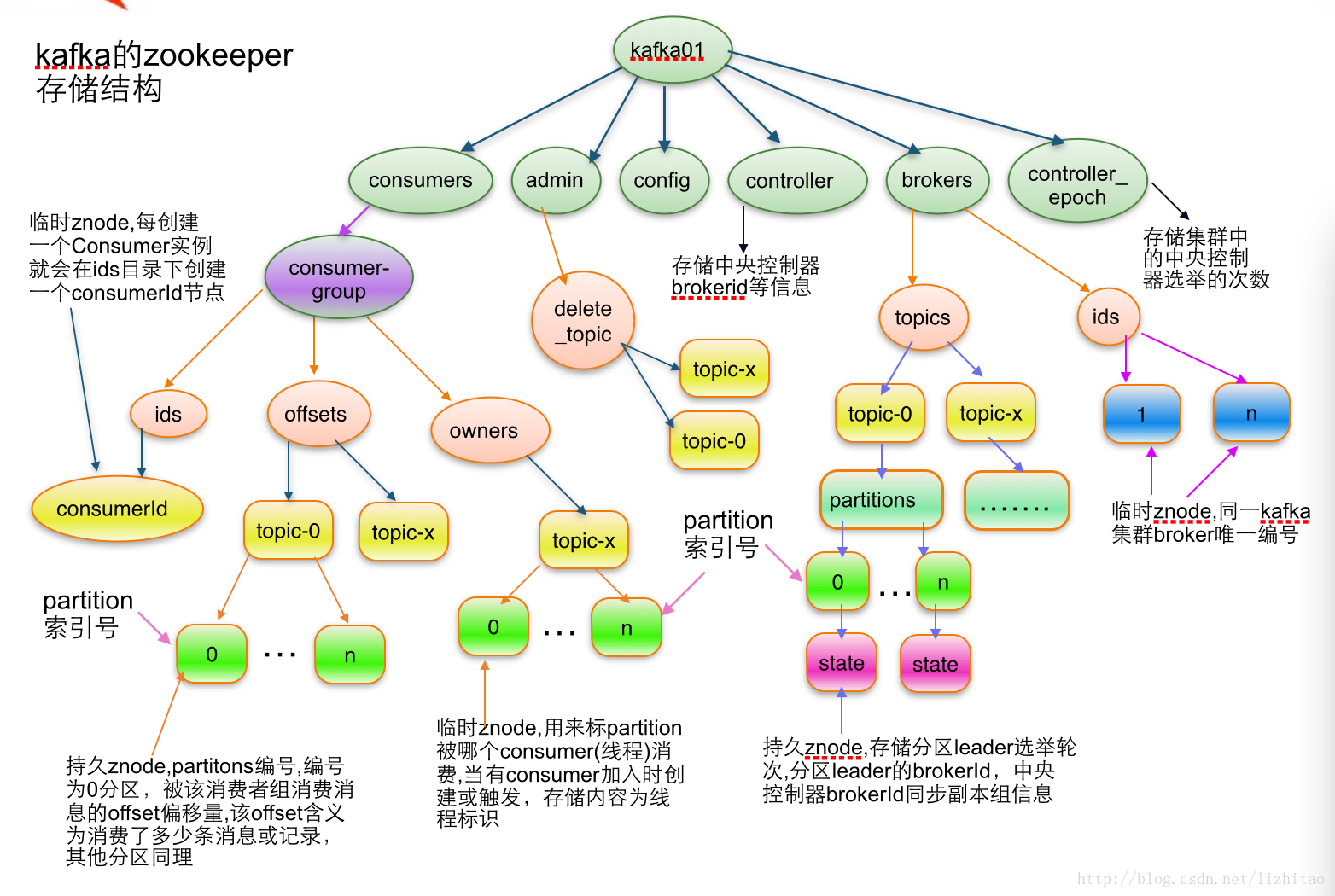axios配置对象详细说明
axios官方文档配置说明
本文主要针对GitHub上的axios的配置文档做一个详解的介绍和说明,并对常用的参数做一个提取说明。
axios-GitHub链接地址–内含使用方法以及配置详解介绍
#
高频常用参数罗列:1:url // 通过设置url参数,决定请求到底发送给谁2:method // 设置请求的类型,get/post/delete..3:baseURL // 设置url的基础结构,发送请求配置时只需要设置url即可,axios会自动将两者进行拼接4:headers // 头信息:比较实用的参数,在某些项目当中,进行身份校验的时候,要求在头信息中加入一个特殊的 标识 // 来检验请求是否满足要求,可以借助headers对请求头信息做一个配置5:params // 也是一个比较常用的参数,来设定url参数的,可以通过params直接添加url参数名和参数值6:data7:timeout // 超时请求时间,单位是ms 超过请求时间,请求就会被取消8:其余的都是不经常使用的参数,了解即可!
默认配置设置:
还是有很多其他的默认设置可以进行配置:// 设置默认配置axios.defaults.method='GET'; //设置默认的请求类型是 GETaxios.defaults.baseURL='http://localhost:3000'; //设置基础URLaxios.defaults.params={ id:100};axios.defaults.timeout=3000;

官方配置文档详解:
{// `url` is the server URL that will be used for the request// 通过设置url参数,决定请求到底发送给谁url: '/user',// `method` is the request method to be used when making the request// 设置请求的类型,get/post/delete..method: 'get', // default// `baseURL` will be prepended to `url` unless `url` is absolute.// It can be convenient to set `baseURL` for an instance of axios to pass relative URLs// to methods of that instance.// 设置url的基础结构,发送请求配置时只需要设置url即可,axios会自动将两者进行拼接baseURL: 'https://some-domain.com/api/',// `transformRequest` allows changes to the request data before it is sent to the server// This is only applicable for request methods 'PUT', 'POST', 'PATCH' and 'DELETE'// The last function in the array must return a string or an instance of Buffer, ArrayBuffer,// FormData or Stream// You may modify the headers object.// 可以对请求的数据做一个处理,在将处理完的结果向服务器发送transformRequest: [function (data, headers) {// Do whatever you want to transform the datareturn data;}],// `transformResponse` allows changes to the response data to be made before// it is passed to then/catch// 对响应结果做一个处理配置transformResponse: [function (data) {// Do whatever you want to transform the datareturn data;}],// `headers` are custom headers to be sent// 头信息:比较实用的参数,在某些项目当中,进行身份校验的时候,要求在头信息中加入一个特殊的标识// 来检验请求是否满足要求,可以借助headers对请求头信息做一个配置headers: { 'X-Requested-With': 'XMLHttpRequest'},// `params` are the URL parameters to be sent with the request// Must be a plain object or a URLSearchParams object// 也是一个比较常用的参数,来设定url参数的,可以通过params直接添加url参数名和参数值params: {ID: 12345},// `paramsSerializer` is an optional function in charge of serializing `params`// (e.g. https://www.npmjs.com/package/qs, http://api.jquery.com/jquery.param/)// 参数序列化的,不经常使用,对请求的参数做一个系列化,转化成字符串paramsSerializer: function (params) {return Qs.stringify(params, { arrayFormat: 'brackets'})},// `data` is the data to be sent as the request body// Only applicable for request methods 'PUT', 'POST', 'DELETE , and 'PATCH'// When no `transformRequest` is set, must be of one of the following types:// - string, plain object, ArrayBuffer, ArrayBufferView, URLSearchParams// - Browser only: FormData, File, Blob// - Node only: Stream, Bufferdata: {firstName: 'Fred'},// syntax alternative to send data into the body// method post// only the value is sent, not the keydata: 'Country=Brasil&City=Belo Horizonte',// `timeout` specifies the number of milliseconds before the request times out.// If the request takes longer than `timeout`, the request will be aborted.// 超时请求时间,单位是ms 超过请求时间,请求就会被取消timeout: 1000, // default is `0` (no timeout)// `withCredentials` indicates whether or not cross-site Access-Control requests// should be made using credentials// 跨域请求时对cookie的携带做一个设置,false为不携带withCredentials: false, // default// `adapter` allows custom handling of requests which makes testing easier.// Return a promise and supply a valid response (see lib/adapters/README.md).// 发送请求识别器做一个设置adapter: function (config) {/* ... */},// `auth` indicates that HTTP Basic auth should be used, and supplies credentials.// This will set an `Authorization` header, overwriting any existing// `Authorization` custom headers you have set using `headers`.// Please note that only HTTP Basic auth is configurable through this parameter.// For Bearer tokens and such, use `Authorization` custom headers instead.// 请求基础验证,设置用户名和密码的,相对用的较少auth: {username: 'janedoe',password: 's00pers3cret'},// `responseType` indicates the type of data that the server will respond with// options are: 'arraybuffer', 'document', 'json', 'text', 'stream'// browser only: 'blob'// 对响应体结果的格式做个设置responseType: 'json', // default// `responseEncoding` indicates encoding to use for decoding responses (Node.js only)// Note: Ignored for `responseType` of 'stream' or client-side requestsresponseEncoding: 'utf8', // default// `xsrfCookieName` is the name of the cookie to use as a value for xsrf tokenxsrfCookieName: 'XSRF-TOKEN', // default// `xsrfHeaderName` is the name of the http header that carries the xsrf token valuexsrfHeaderName: 'X-XSRF-TOKEN', // default// `onUploadProgress` allows handling of progress events for uploads// browser onlyonUploadProgress: function (progressEvent) {// Do whatever you want with the native progress event},// `onDownloadProgress` allows handling of progress events for downloads// browser onlyonDownloadProgress: function (progressEvent) {// Do whatever you want with the native progress event},// `maxContentLength` defines the max size of the http response content in bytes allowed in node.jsmaxContentLength: 2000,// `maxBodyLength` (Node only option) defines the max size of the http request content in bytes allowedmaxBodyLength: 2000,// `validateStatus` defines whether to resolve or reject the promise for a given// HTTP response status code. If `validateStatus` returns `true` (or is set to `null`// or `undefined`), the promise will be resolved; otherwise, the promise will be// rejected.validateStatus: function (status) {return status >= 200 && status < 300; // default},// `maxRedirects` defines the maximum number of redirects to follow in node.js.// If set to 0, no redirects will be followed.maxRedirects: 5, // default// `socketPath` defines a UNIX Socket to be used in node.js.// e.g. '/var/run/docker.sock' to send requests to the docker daemon.// Only either `socketPath` or `proxy` can be specified.// If both are specified, `socketPath` is used.socketPath: null, // default// `httpAgent` and `httpsAgent` define a custom agent to be used when performing http// and https requests, respectively, in node.js. This allows options to be added like// `keepAlive` that are not enabled by default.httpAgent: new http.Agent({ keepAlive: true }),httpsAgent: new https.Agent({ keepAlive: true }),// `proxy` defines the hostname, port, and protocol of the proxy server.// You can also define your proxy using the conventional `http_proxy` and// `https_proxy` environment variables. If you are using environment variables// for your proxy configuration, you can also define a `no_proxy` environment// variable as a comma-separated list of domains that should not be proxied.// Use `false` to disable proxies, ignoring environment variables.// `auth` indicates that HTTP Basic auth should be used to connect to the proxy, and// supplies credentials.// This will set an `Proxy-Authorization` header, overwriting any existing// `Proxy-Authorization` custom headers you have set using `headers`.// If the proxy server uses HTTPS, then you must set the protocol to `https`.proxy: {protocol: 'https',host: '127.0.0.1',port: 9000,auth: {username: 'mikeymike',password: 'rapunz3l'}},// `cancelToken` specifies a cancel token that can be used to cancel the request// (see Cancellation section below for details)cancelToken: new CancelToken(function (cancel) {}),// `decompress` indicates whether or not the response body should be decompressed// automatically. If set to `true` will also remove the 'content-encoding' header// from the responses objects of all decompressed responses// - Node only (XHR cannot turn off decompression)decompress: true // default}



































还没有评论,来说两句吧...